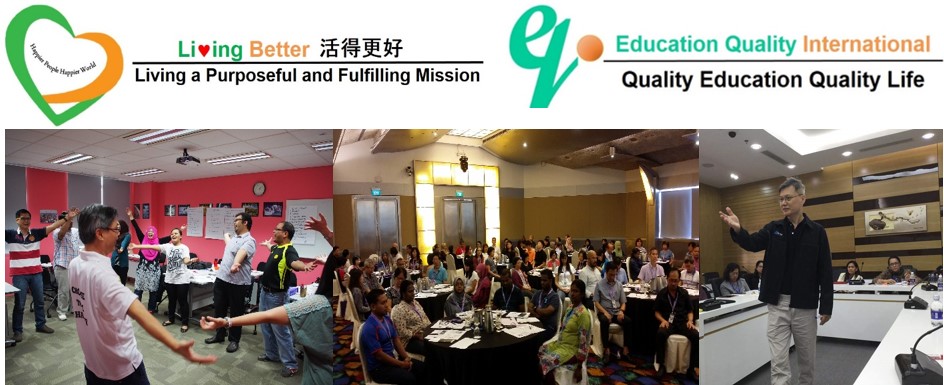In
the happiness-centric economy, businesses are aggressively seeking
differentiated customer experience as a way to build customer loyalty and
competitive advantage over their competitors. The types of customer experience staged by organisations can be categorised into: transactional, relational, experiential and transformational. However, at the core of the customer experience is the emotional dimension and it is about the “HEART” which stands for Happiness, Emotions, Awareness, Relation and Trust. as illustrated in the diagram below.

Happiness. Customer experience is
about delivering happiness. A study done by Ryan Howell, assistant professor of
psychology at San Francisco State University shows that experiential purchases bring
more happiness than things as experiences satisfy higher order needs in social
connectedness and vitality – a feeling of being alive. Unlike material objects,
people don’t get bored of happy memories. Leading experience-centric
organisations have adopted “happiness” in their commercials and products. For
example, Coca Cola launched the “open happiness” global campaign in 2009 and
has appointed happiness ambassadors to seek out what makes people happy in 206
countries.
Emotions. Customer experience is
about emotions since happiness is one of the six basic human emotions besides anger,
disgust, fear, sadness and surprise. An emotion is a sensation of varied
intensity manifested in our body triggered by both internal and external events
which drives us to act in certain ways. Emotions
play an important role in our life experiences. In
the paper “Customer Experience: The Next Competitive Battleground” by
Beyond Philosophy, 69 per cent of all consumers surveyed said that emotions
account for over half of their customer experience. A brain-imaging study led by Benedetto De
Martino of University College London supports the notion that emotion rules
over logic in decision making. Organisations, therefore, have to
satisfy their customers’ emotional needs, if they want to win their hearts.
Awareness. Awareness of our own emotions
as well as the emotions of our customers is important in building and
maintaining healthy customer relationships. Awareness is the ability to
identify and recognise emotions through both verbal and non-verbal cues
displayed by us and our customers. It heightens the sensitivity of emotional
issues and gives us the ability to respond positively to the actions and
behaviours of our customers with the purpose of delivering happiness in
customer experience. Emotions are often triggered through our five senses
(touch, sight, hearing, smell and taste), past experiences and memories.
Relation. Relation is about the act
of relating the feelings of our customers back to them. It involves the ability
to observe and listen to our own and our customers’ emotions. Observation is
about being non-judgmental. Listening empathically to customers helps us to understand how to
serve our customers better, it also helps us to build and sustain positive
relationship with them. The essence of empathic listening is to listen from
the heart, which opens the doorway to understanding, caring and empathy. It
requires listeners to refrain from judging the speaker and place themselves in
the other’s position in attempting to see things from his point of view. It
involves:
•
Paying full
attention to the speaker’s total communication including body language
•
Being empathic
to the speaker’s feelings and thoughts and suspending one’s own thoughts and
feelings
•
Acknowledging
and responding to the speaker with the purpose of trying to understand his
point of view.
Trust. Part of the empathy process
in relation is to establish trust and rapport with our customers. Jennifer
Dunn and Maurice Schweitzer from the University of Pennsylvania conducted a
study on the influence of emotion on trust and they found that incidental
emotions significantly influence trust in unrelated settings. Emotions with
positive valence such as happiness and gratitude increase trust, and emotions
with negative valence such as anger decreases trust. Stephen M.R. Covey in his
book, “The Speed of Trust” says that high trust increases speed and lower the cost
of doing business. In personal life, high trust brings about greater enjoyment
and better quality of life. To establish and build trust in all relationships,
he advocates the following 13 behaviours:
1.
Talk
straight
2.
Demonstrate
respect
3.
Create
transparency
4.
Right
wrongs
5.
Show
loyalty
6.
Deliver
results
7.
Get
better
8.
Confront
reality
9.
Clarify
expectations
10.
Practice
accountability
11.
Listen
first
12.
Keep
commitments
13.
Extend
trust










